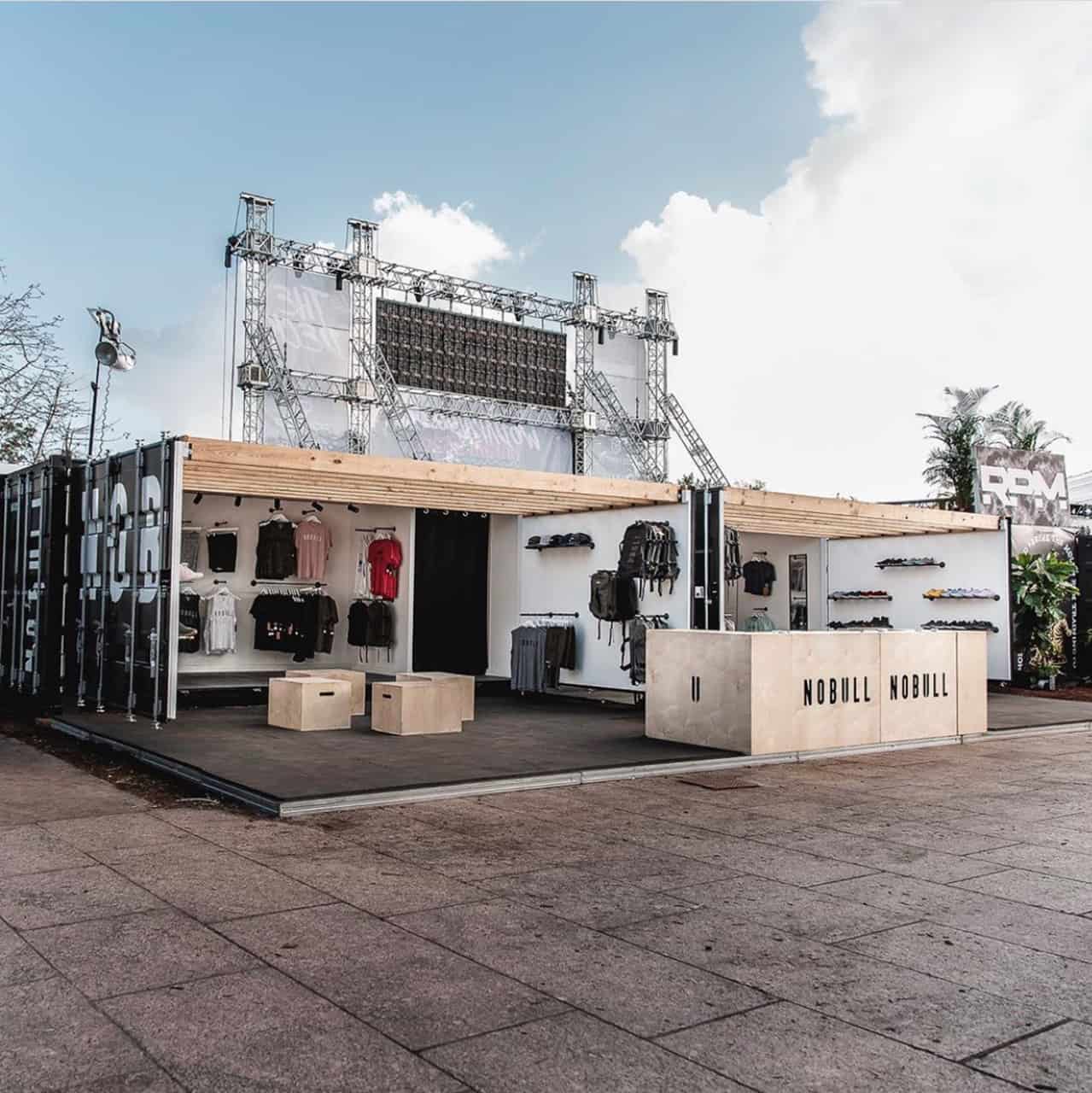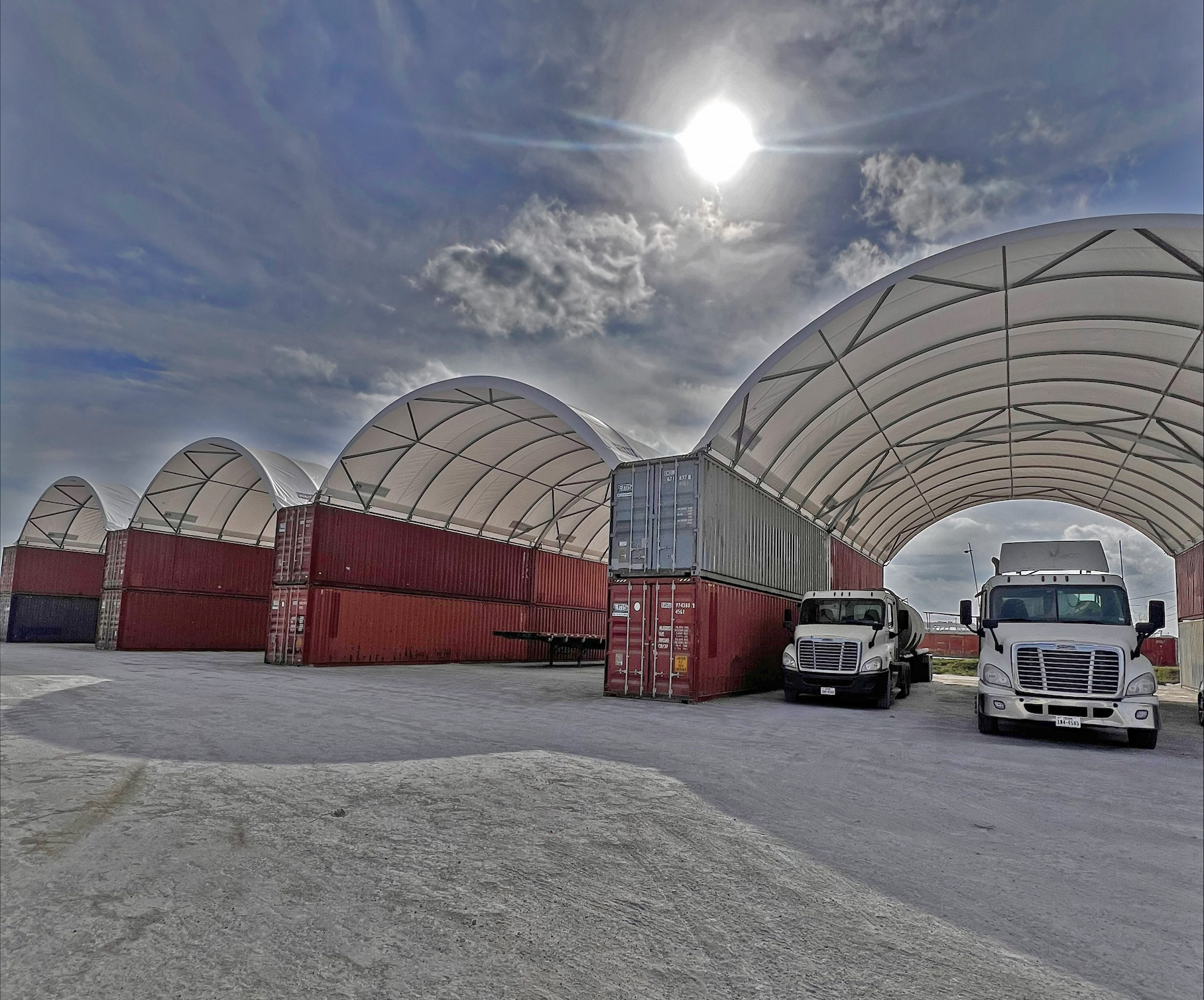Millions of used shipping containers are sitting idly in warehouses all over the world because buying new ones tend to be cheaper than hauling them back from places where they’ve been delivered. As a result, many companies and individuals are finding new ways to use them from office spaces to emergency housing following disasters.
As an intermodal shipping container, a conex box can range from 10, 20, or 40-feet long and is made of corrugated galvanized steel with double, asymmetrical steel doors, heavy-duty, marine-grade wood flooring, and die-stamped steel roof. It is designed to endure harsh and changing weather conditions and can be easily modified to fit different residential and commercial purposes.
Here are the many uses of a conex box that will help businesses, families, and local governments resolve limited space, housing, and storm shelter issues through upcycling existing shipping containers.

Mobile Businesses
Mom-and-pop stores are now on wheels – and in boxes. Numerous conex boxes are being converted to food trucks, retail stores, and other businesses that require little space. Some examples are new container-made fast food joints along parks and tourist destinations. At the same time, several shipping containers have been turned into bars complete with drinks and dining facilities. Business-in-boxes are mobile and can be transferred from one company or community event to another as well.
Office Spaces
Conex boxes can also be used as office spaces. Many buildings under construction use shipping containers as temporary offices with air-conditioning units and some also have sleeping quarters. Containers may also be turned into permanent offices with solid security features apart from being stacked atop each other and connected by exterior stairs. Conex offices can be furnished with tables, chairs, and file cabinets and have walls which are insulated against humidity and moisture.
Portable Restrooms
Shipping containers can be turned into low-cost portable restrooms too. Most mobile types are small and can accommodate only one person at a time. A conex box restroom, however, can be designed to be divided between men’s and women’s comfort rooms wherein each can have three toilet bowls and three sinks. Big conex restrooms are perfect for high-traffic tourist destinations and can be transported to any kind of corporate and community event.
Emergency Housing
Another popular use of conex boxes is for emergency housing. After major disasters, hundreds to thousands of people lose their homes. They’ll need housing ASAP but to construct houses from scratch can take months. Instead of making these homes, emergency housing can be quickly built out of conex boxes. When boxes are interconnected, they can offer numerous short-term homes for individuals and families who have been affected by calamities. Several companies also sell conex boxes that already have standard emergency housing features for a small family.
Reinforced Storm Shelters
Shipping containers can also be used as storm shelters. They can be built to withstand tornadoes if placed underground, fitted with doors that open inward, and could be opened from the outside by the police and fire personnel during emergencies. Conex box storm shelters are large enough to fit in dozens of people as they wait out tornados or snowstorms. Container shelters are tough and less expensive than constructed shelters, features that make them attractive to cash-strapped towns and cities.
Low-Cost Homes for Rent
Containers can be transformed into low-cost homes for rent too. Since conex boxes can be quickly customized for different numbers of occupants, construction costs can be minimized to lower rent prices. Such homes would do well in heavily-populated areas or near those areas where property prices are high and people are looking for temporary places to live in, so they can save money to deposit for real property investments in the future.
Think out of the box by thinking how to live in it too! Aside from the ones mentioned, conex boxes can have many other uses and it can start with you and how you think about the shelter and business needs in your community.
Sources
The Riverwalk’s bathroom problem, ChicagoTribune.Com
Why aren’t there more storm shelters in Oklahoma?, Investigations.NBCNews.Com









